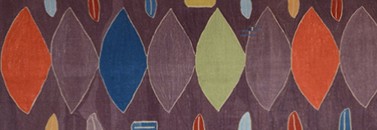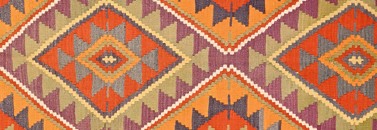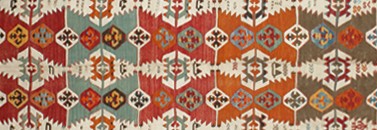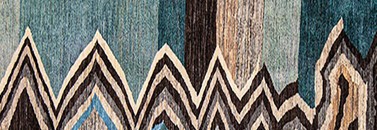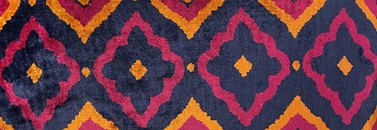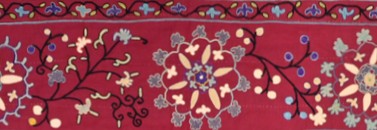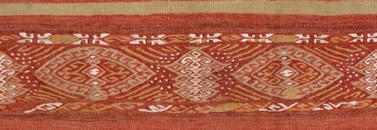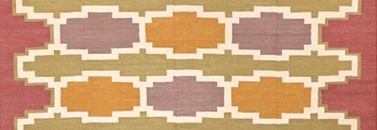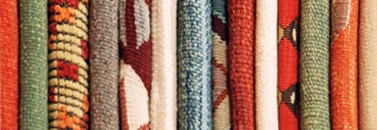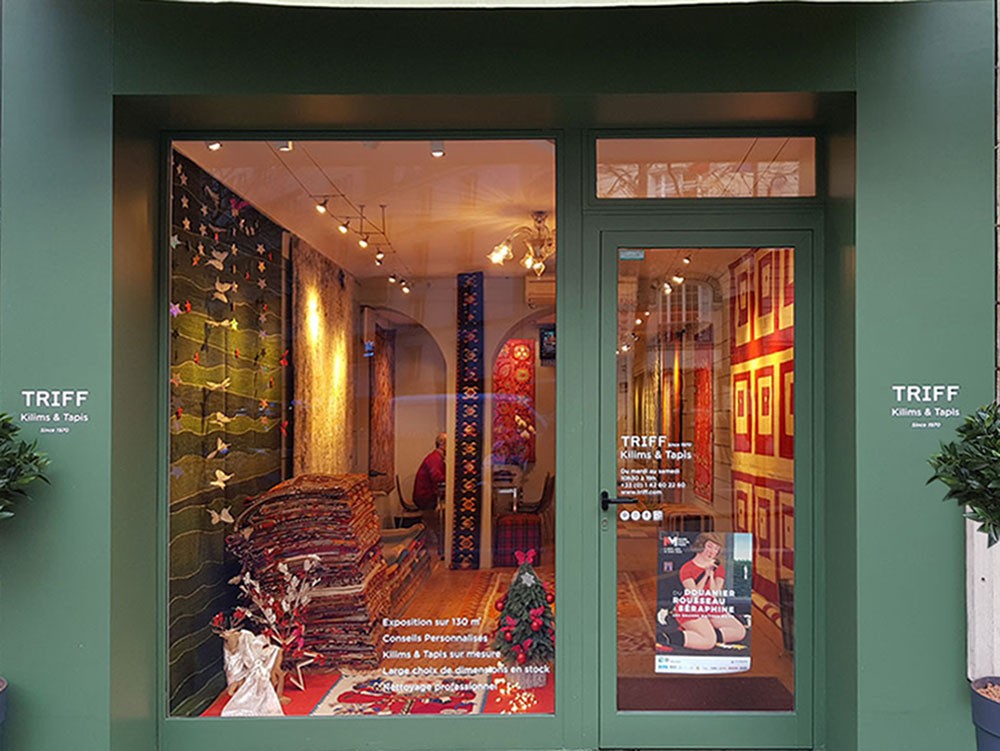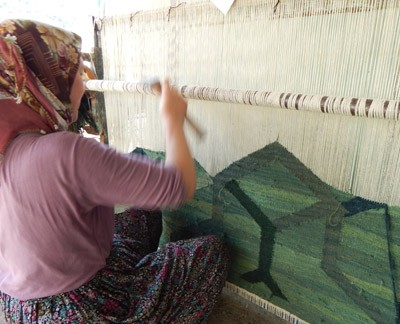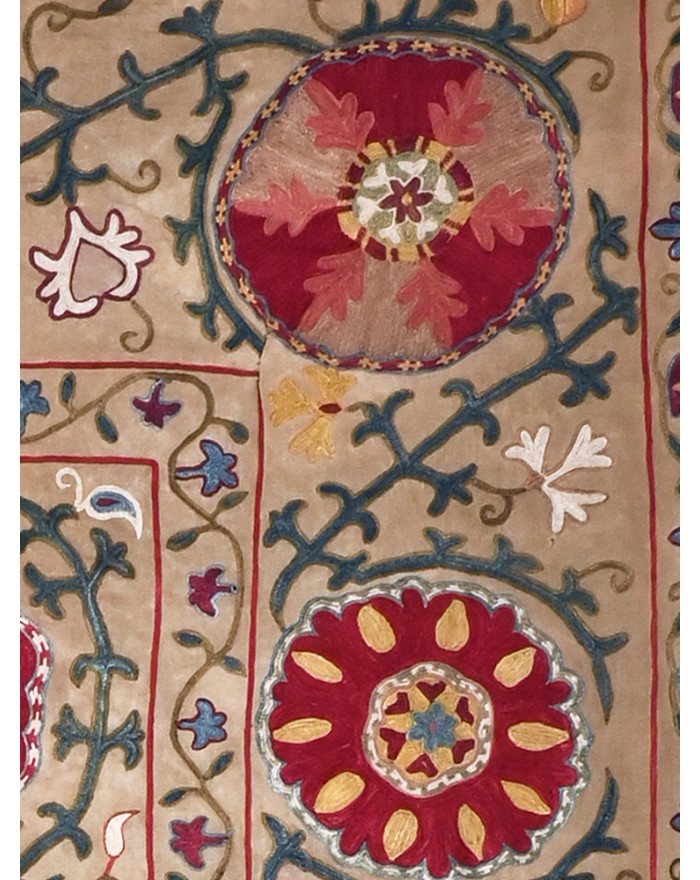Wedding Suzani
Suzani late 19th century, used as a wedding cloth symbolizing a passage.
The shape of the arch represents the Mihrab in the Islamic religion. In religious architecture and textiles, it is a symbol of passage, suggesting not only the existence of the beyond, the divine, but also the possibility of surrounding it.
In symbolism, the young couple lie down together under divine protection on their first night. According to custom, the empty, unembroidered part was to show proof of the bride's virginity.
Suzanis are traditional decorative textiles originating in Central Asia, more specifically in the present-day regions of Uzbekistan and Tajikistan. Their name comes from the Persian word "suzan", meaning "needle". These works are famous for their intricate, colorful designs, often featuring floral motifs and sometimes animal motifs or solar symbols.
Handmade: suzanis are traditionally hand-embroidered by women. Embroidery techniques were often handed down from generation to generation within families. Mothers taught their daughters the art of embroidery from an early age. Suzanis were frequently embroidered as part of the preparation of the wedding trousseau.
Uses: Suzanis were traditionally used for interior decoration, notably as bedspreads, curtains, tablecloths, and sometimes as ceremonial garments.
Materials: Suzanis are generally made from fabric bases such as cotton, silk or velvet, and embroidered with silk or cotton threads.
Data sheet
- Colors :
- Vegetables dyes
- Country :
- Uzbekistan
- Kind of piece
- Suzani
- Material :
- Silk and cotton
You can shake them to remove dust.
Because of the materials used, these items are fragile.
If necessary, dry cleaning should be preferred.
No comment at this time.
You Must Login To Review
